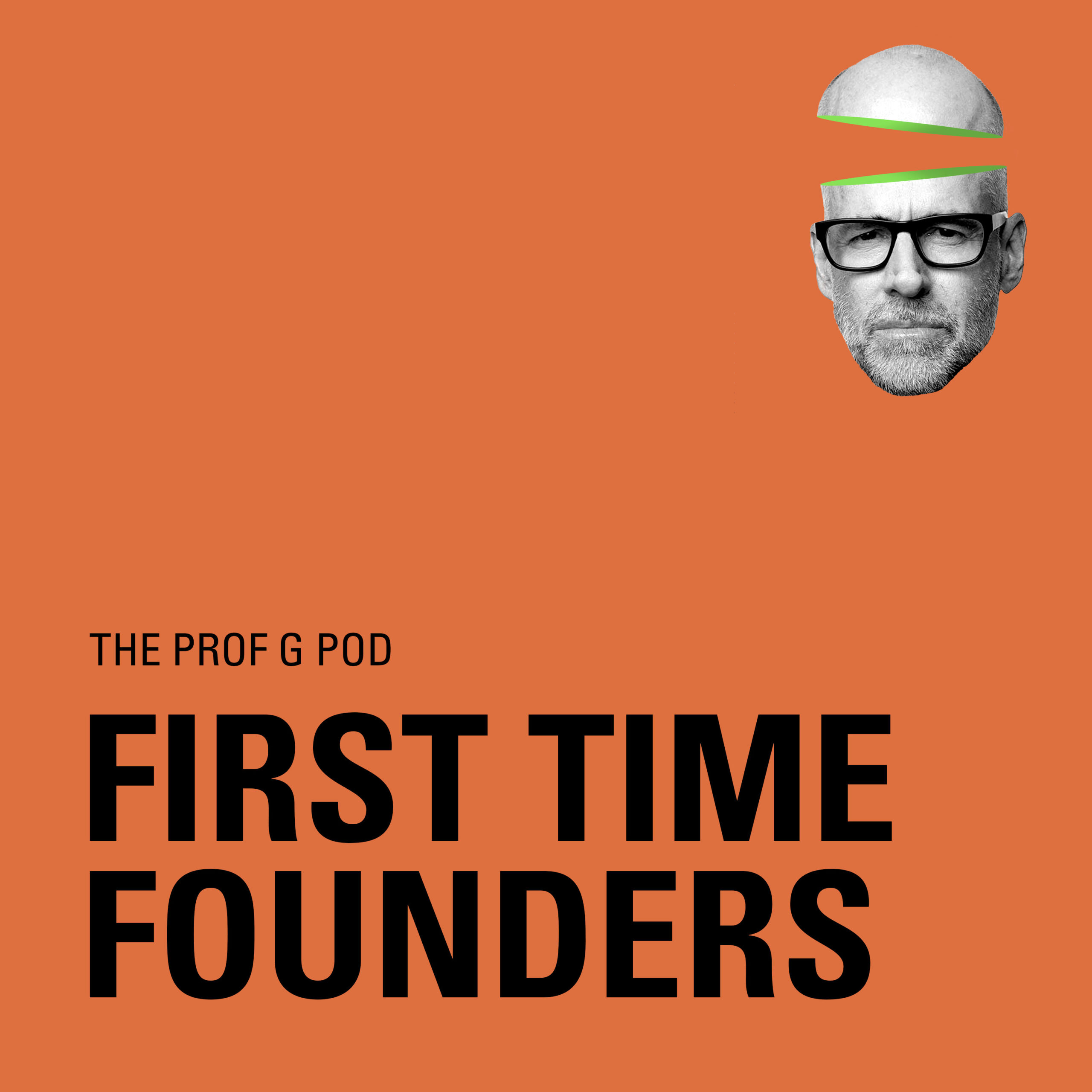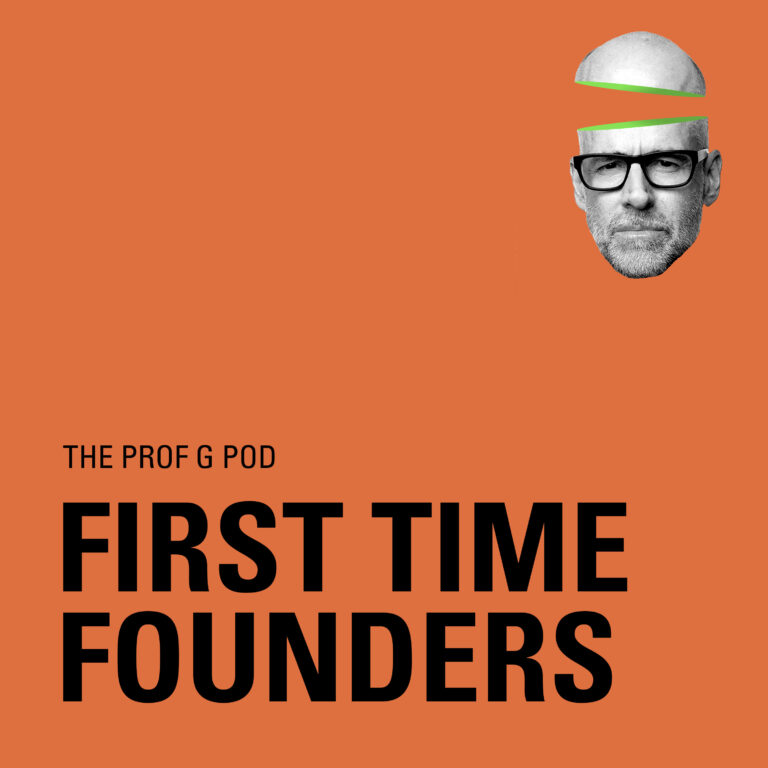Ed speaks with Michael Chime, CEO and co-founder of Prepared, an assistive AI platform for emergency response. They discuss the challenges facing 911 call centers, the lessons Michael has learned as a manager, and how he frames Prepared’s value proposition to investors.
Learn more about your ad choices. Visit podcastchoices.com/adchoices


